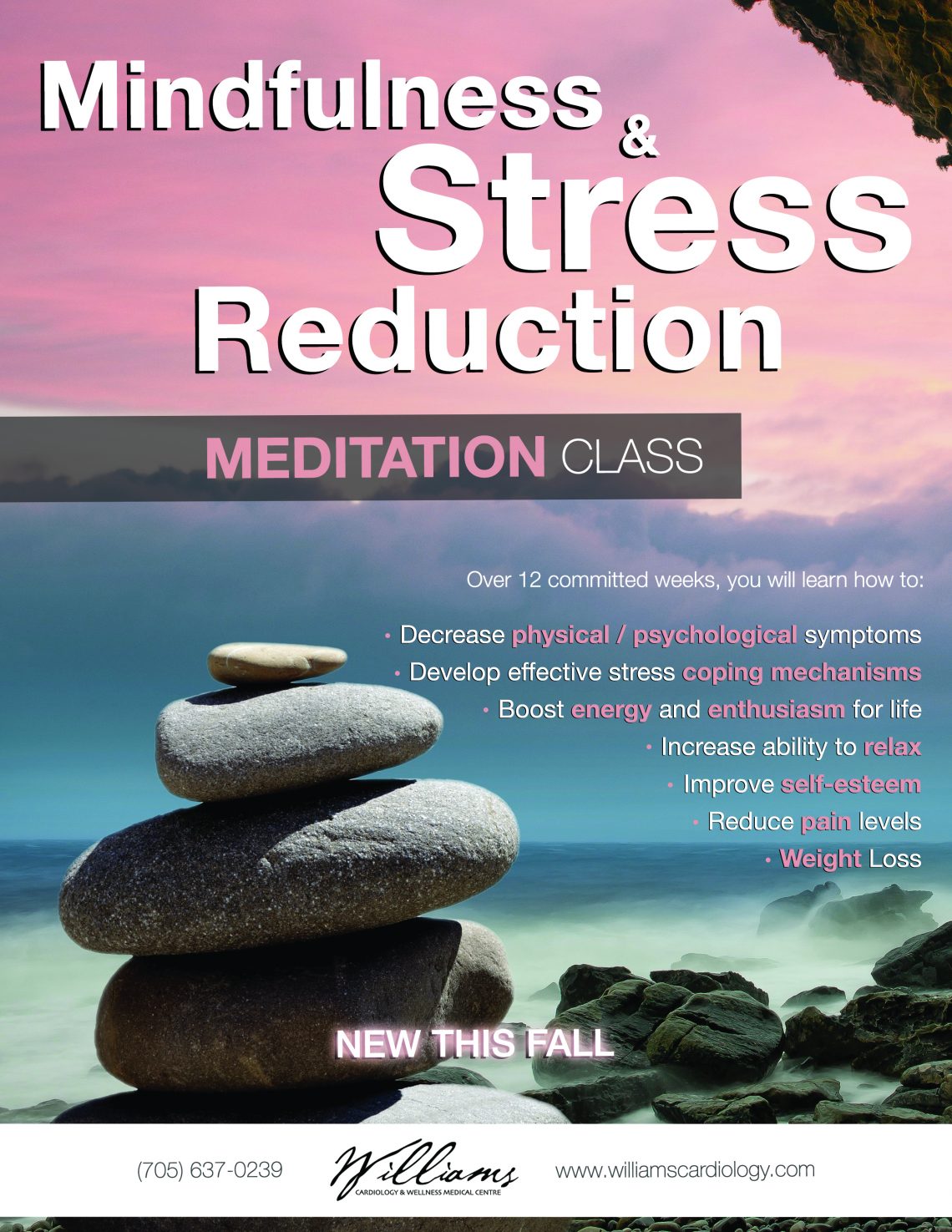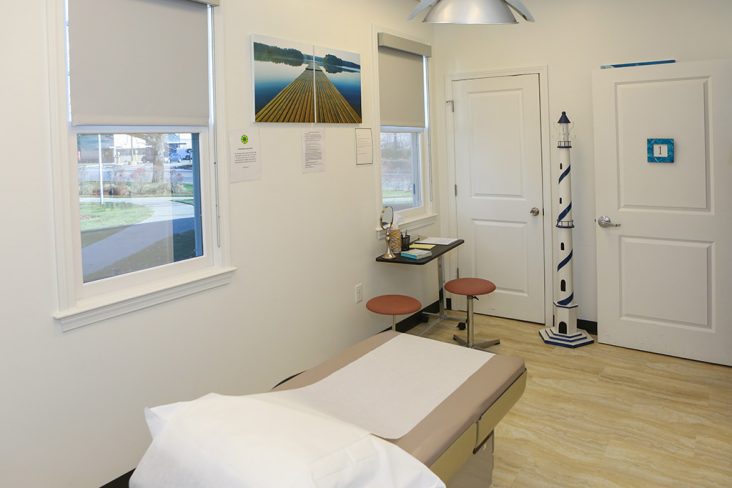



Ithaka S&R, in a 2018 white paper on institutional returns on student learning, found that “blended” course redesign (converting face-to-face to hybrid environments) uniquely contributed to instructional reform success. However, intentional focus on learning in online environments pays dividends. Face-to-face (traditional) classrooms are afforded the relative luxury for example, of nonverbal communication, whereas such interactions must be intentionally (if artificially) built into the online course. Blended and online learning environments are notoriously complex to produce. Online teaching skills differ from face-to-face teaching skills, requiring outsized attention to structure (form) and learning dynamics. The pandemic likely has unknown (if unintended) consequences for medical education. No matter the direction of COVID-19, it is important to identify opportunities from this time of online educational transformation in medical and health sciences education that can be continued in the post-COVID era. The approaches taken have varied from merely posting previous lectures online to a complete reengineering of courses to make these more appropriate for the virtual environment.
#Mindful medical professional
However, many, if not most, educators and students in medical and other health professional schools are novices when it comes to effective online teaching and learning. The amount of dedication, ingenuity, and hard work needed to migrate curricula appropriately to online environments has been enormous and reflects the commitment and skill of educators and tenacity of students. Most medical school courses are not designed to be fully (or even partially) online. Said differently, can we not only do things differently but do them better? Winston Churchill is credited as saying, “Never let a good crisis go to waste,” and as such, medical schools must find the opportunity in this moment to transition to online learning to deliver needed curriculum to meet educational objectives, keeping students on track for graduation and residency application. It remains unknown whether this is simply a temporary disruption or an opportunity to catalyze disruptive innovation in medical education. In-person classes and clinical rotations were urgently canceled, necessitating historic and unprecedented migration to online teaching. The COVID-19 pandemic fundamentally and rapidly disrupted medical education.


 0 kommentar(er)
0 kommentar(er)
